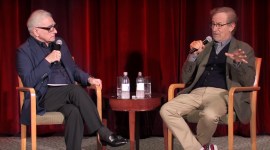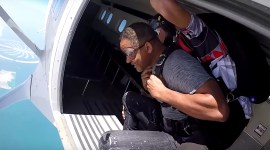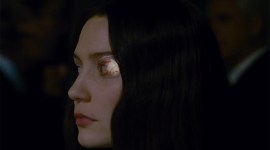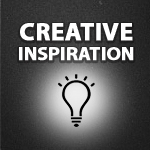
Lessons in Creativity from Pixar
In this post, we’ve rounded up some of the top tips on how to be a better creative from some of the creative experts at PIXAR!

Learning how to be more creative is going to benefit you, whatever creative field you are in. Whether you’re working by yourself or collaborating with others keeping your creativity sharp and fresh will make you stand out. In this post, we’ve collected tips from folks who know a thing or two about creativity – the animation masterminds at PIXAR.
Former dean of Pixar University on Creative Collaboration
This first video presentation from Randy Nelson, the former dean of Pixar University, is well worth a watch for any creative professional, as he shares some of the secret sauce of Pixar’s own method of creative collaboration.
Becoming a better storyteller
 The story is a fundamental component to any creative endeavour. It’s what is going to draw people in and connect with them emotionally. Whether you’re creating a 30 second TV ad, composing a photograph, or writing up a 140 tweet. Humans are hard wired to make meaning – to tell a story, with whatever components they are presented with.
The story is a fundamental component to any creative endeavour. It’s what is going to draw people in and connect with them emotionally. Whether you’re creating a 30 second TV ad, composing a photograph, or writing up a 140 tweet. Humans are hard wired to make meaning – to tell a story, with whatever components they are presented with.
Becoming a better story teller will make you a better creative.
Back in 2012 Emma Coats (@lawnrocket) a story board artist at Pixar, tweeted these 22 story rules used at Pixar to help craft their stories.
#1: You admire a character for trying more than for their successes.
#2: You gotta keep in mind what’s interesting to you as an audience, not what’s fun to do as a writer. They can be v. different.
#3: Trying for theme is important, but you won’t see what the story is actually about til you’re at the end of it. Now rewrite.
#4: Once upon a time there was ___. Every day, ___. One day ___. Because of that, ___. Because of that, ___. Until finally ___.
#5: Simplify. Focus. Combine characters. Hop over detours. You’ll feel like you’re losing valuable stuff but it sets you free.
#6: What is your character good at, comfortable with? Throw the polar opposite at them. Challenge them. How do they deal?
#7: Come up with your ending before you figure out your middle. Seriously. Endings are hard, get yours working up front.
#8: Finish your story, let go even if it’s not perfect. In an ideal world you have both, but move on. Do better next time.
#9: When you’re stuck, make a list of what WOULDN’T happen next. Lots of times the material to get you unstuck will show up.
#10: Pull apart the stories you like. What you like in them is a part of you; you’ve got to recognize it before you can use it.
#11: Putting it on paper lets you start fixing it. If it stays in your head, a perfect idea, you’ll never share it with anyone.
#12: Discount the 1st thing that comes to mind. And the 2nd, 3rd, 4th, 5th – get the obvious out of the way. Surprise yourself.
#13: Give your characters opinions. Passive/malleable might seem likable to you as you write, but it’s poison to the audience.
#14: Why must you tell THIS story? What’s the belief burning within you that your story feeds off of? That’s the heart of it.
#15: If you were your character, in this situation, how would you feel? Honesty lends credibility to unbelievable situations.
#16: What are the stakes? Give us reason to root for the character. What happens if they don’t succeed? Stack the odds against.
#17: No work is ever wasted. If it’s not working, let go and move on – it’ll come back around to be useful later.
#18: You have to know yourself: the difference between doing your best & fussing. Story is testing, not refining.
#19: Coincidences to get characters into trouble are great; coincidences to get them out of it are cheating.
#20: Exercise: take the building blocks of a movie you dislike. How d’you rearrange them into what you DO like?
#21: You gotta identify with your situation/characters, can’t just write ‘cool’. What would make YOU act that way?
#22: What’s the essence of your story? Most economical telling of it? If you know that, you can build out from there.
If you’re after even more insight on what it takes to craft a Pixar story then check out this 5 part interview with Mary Coleman, a senior development executive at Pixar, over on Go Into The Story.com or check out this funny TED talk from Pixar director Andrew Stanton (Finding Nemo, Wall-E).
Editing an animated Pixar Feature Film
The films at Pixar take about 4 years to make each, and during that time, they’re always changing – sometimes drastically, right up until release. If you’ve ever wondered what its like to edit an animated feature film then these links will give you plenty of juicy information, advice and insight into the post-production process at Pixar.
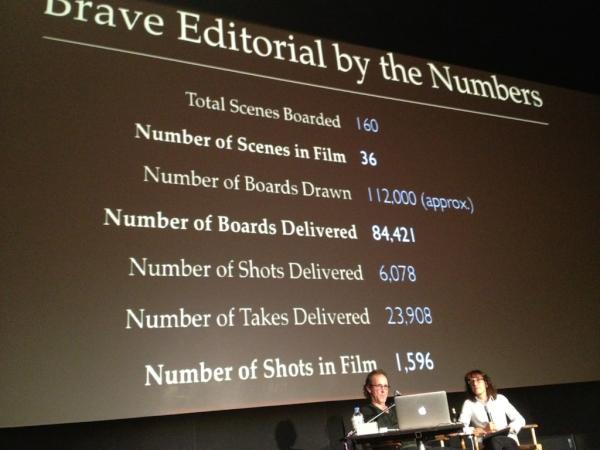
Bobbie O Steen has written up an excellent article in Cinema Editor magazine about Nicholas C Smith’s (A.C.E) bear of an editorial journey on Brave. Bobbie has posted a free pdf of the article on her site. Nicholas gave a presentation at Edit Fest which you can ‘experience in review’ over in this post.
Art of the Guillotine also has a brilliant two part interview with editor Ken Schretzmann, who worked on Monsters Inc. and Toy Story 2. In the interview Ken talks about how he got his start as an editor and what its like to work at Pixar. He also discusses the editorial challenges of shaping a feature film 4 years in the making.
The Soundworks Collection has some great behind the scenes looks at the post-production sound design work on a Pixar film. Brave made use of the cutting edge Dolby Atmos surround-sound technology as detailed in the video below. Also check out the sound design work on UP and on Wall-E.
Being John Lasseter – A Day in the Life
Finally if you want something a bit more light hearted then check out this 25 minute documentary of a day in the life of Pixar director and CEO John Lasseter. If nothing else you’ll learn a few great tips for squeezing every possible productive moment out of your day, even if that does mean hiring a personal trainer, driver and two personal assistants to tell you what you’re doing next!


